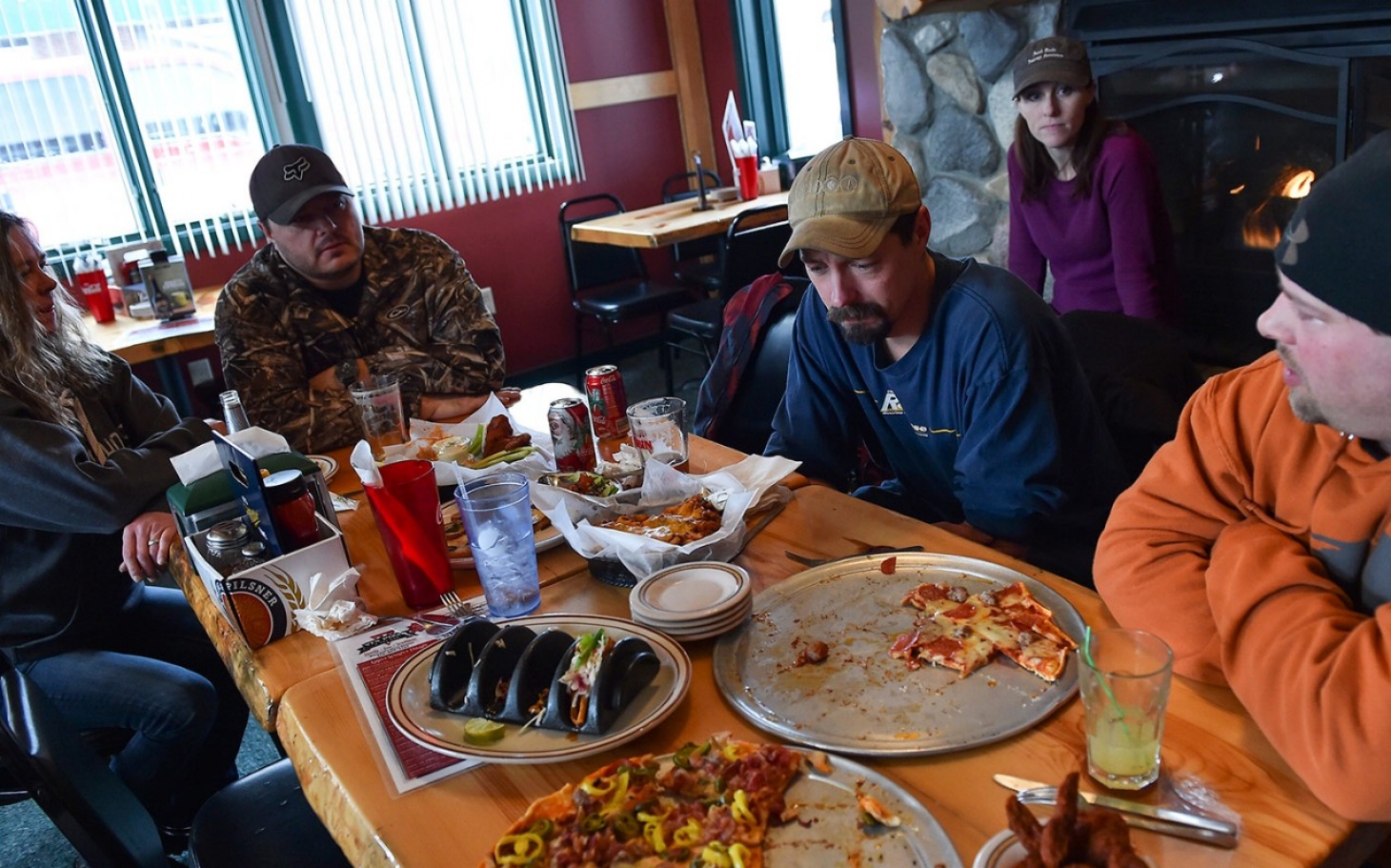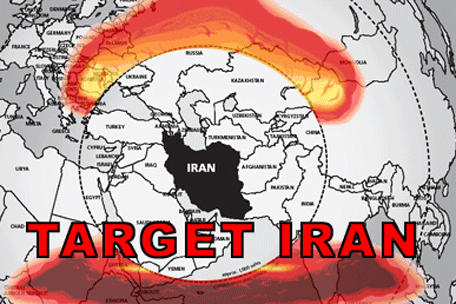
The US is in crisis. The political divisions are crippling; income and opportunities are as unequally shared as they have ever been; and society is divided in terms of the different lives, hopes, and dreams that the rich and the poor have. The starkest marker of this crisis of societal ill-being is the rising rate of mortality due to premature deaths (suicide, opioids, and alcohol poisoning, among others) primarily among less educated whites. The trend of rising rather than falling mortality rates among an important demographic group is unique to the US among rich countries.
There are many explanations for this sad story, and they include differences across races, places, and jobs. My research finds that poor blacks and Hispanics are much more optimistic about their futures than are poor whites and, in turn, mortality rates have not increased the same way among minorities. Place is also important. Metropolitan areas on the coasts are, on average, much more economically vibrant and racially diverse, and have healthier behaviors and lower mortality rates than do rural areas in the heartland.
A critical factor is the plight of the white blue-collar worker, for whom hopes for making it to a stable, middle-class life have largely disappeared. Due in large part to technology-driven growth, blue-collar jobs in the traditional primary and secondary industries—such as coal mines and car factories—are gradually disappearing. Not coincidentally, the typical working-class, two-parent household is also disappearing. While differences in the prevalence of stable marriages had been most evident across racial (black-white) lines, they now sort by income levels, with single-headed households as common among poor whites as among other poor racial groups, and marriage rates at the top of the income distribution much higher across all races. With 25% of prime-age males predicted to be out of the labor force by 2050, the odds of solving the marriage market problem look even bleaker.



Expositores: Oscar Vidarte (PUCP) Fernando González Vigil (Universidad del Pacífico) Inscripciones aquí. Leer más
Una retrospectiva para entender los próximos cuatro años. Leer más
En la conferencia se hará una presentación de los temas más relevantes del proceso de negociación se llevó a cabo desde el 2012, así como del acuerdo de paz firmado entre el Gobierno colombiano y la guerrilla de las FARC a finales del 2016. Se analizarán los desafíos y las... Leer más
El Observatorio de las Relaciones Peruano-Norteamericanas (ORPN) de la Universidad del Pacífico es un programa encargado de analizar y difundir información relevante sobre la situación política, económica y social de Estados Unidos y analizar, desde una perspectiva multidisciplinaria, su efecto en las relaciones bilaterales con el Perú.
© 2024 Universidad del Pacífico - Departamento Académico de Humanidades. Todos los derechos reservados.

